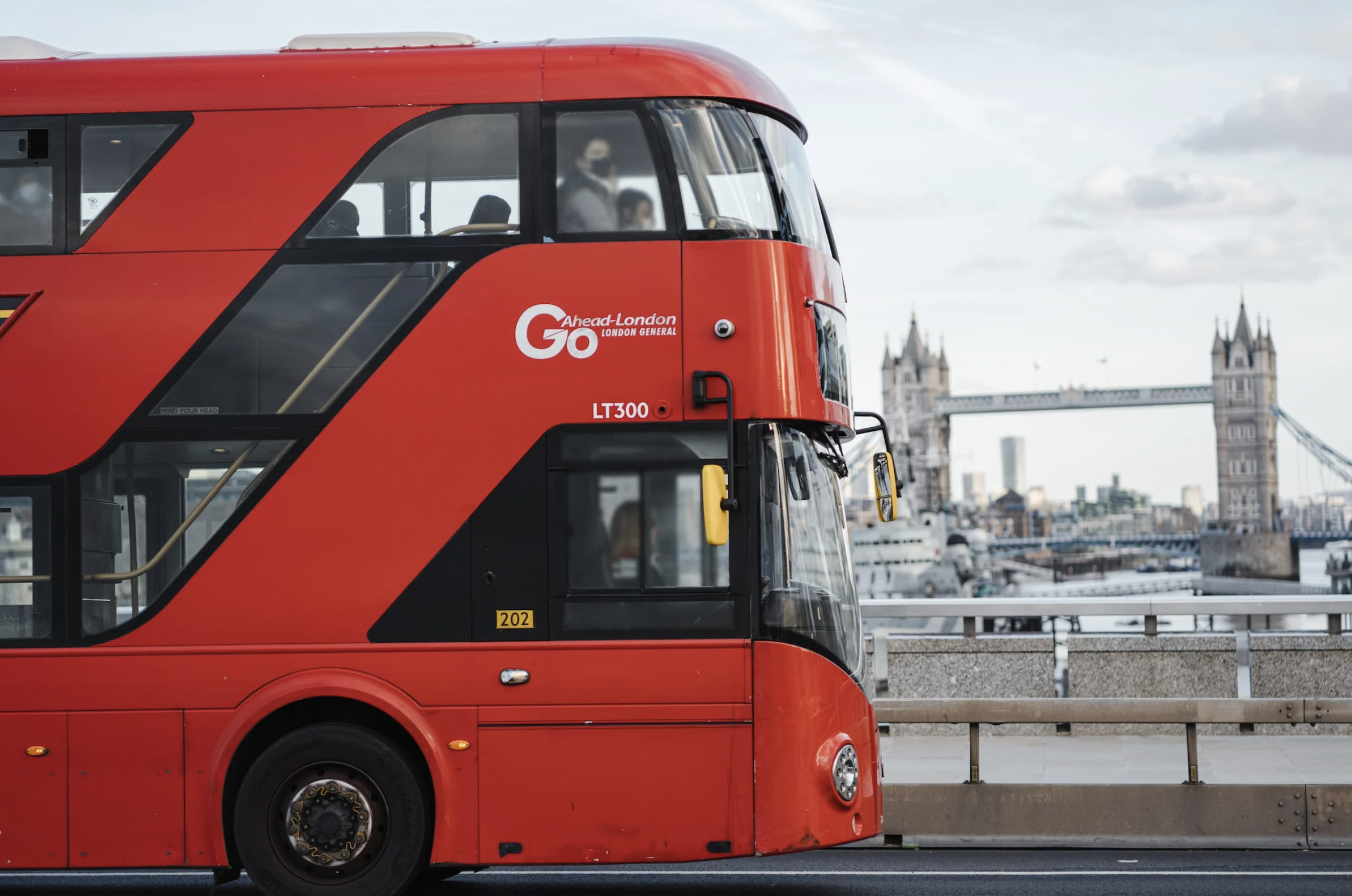There are few things more prominent about London than the red double-decker buses. They not only give the city an extra piece of character but they do what they say on the tin; they allow you to travel around London in style without worrying about finding suitable parking in London as the city can be an incredibly busy place, but for all the right reasons!
History Of Public Transportation In London
Buses are the oldest form of public transportation in London, In 1829 the coachbuilder George Shillibeer began his first service from Paddington to Bank. He named his service Omnibus which means “for all” in Latin. Omnibus had a distinct advantage over traditional stage coach services – customers did not have to book in advance, due to the customer’s ability to hail the Omnibus at any point during the journey.
It is worth noting that horse and carriage powered all buses during this era and motorised buses were yet to be introduced. By 1832 over 400 horse buses were operating in London, which shows how well the public reception was to this revolutionary change in public transportation. Such buses were often painted in a range of inviting colours and were crafted using wood, they were crafted in a manner that made them appear luxurious.
In the 1850’s the largest bus operator in London was called The London General Omnibus Company (LGOC), it wasn’t long before it was the largest bus company in the world! In 1902 the LGOC began using motor buses in London. However, it was not until 1911 that the company started manufacturing motorised buses themselves. It was not long after the inception of the motorised bus that horse-drawn buses were no longer used by the LGOC, having retired the horse-drawn services in 1911. Independent bus operators used horse-drawn buses until 1914. It is worth marvelling at the speed the motorised bus became a dominant force in London public transport.
During the early inception of motorised buses in London, The London General Omnibus Company (LGOC) spawned a successful sister company called The Associated Equipment Company (AEC) which was responsible for manufacturing the buses. However, the company also constructed lorries and vans which were used in London and shipped across the world. Since industrial giants like The Associated Equipment Company started to dominate smaller manufacturing outfits, buses began to become more standardised, often being built with similar designs, manufacture and maintenance. It was not long before the buses started to be manufactured in batches, where each bus in a batch was manufactured to be the same as the others within the batch.
When Did Double Decker Buses Get Introduced In London?
It did not take long after the introduction of the motorised bus for the double-decker bus to be introduced, appearing in the 1920s to satisfy increasing public demand for buses as buses started to become more affordable to the working class. Double-decker buses were a practical response to London’s narrow streets, which prevented wider buses from being constructed to accommodate the increased demand.
How Have London Double Decker Buses Modernised In Recent Years
One of the most noticeable changes in modern double-decker buses is the fact that they now have 3 sets of doors and two different staircases on the bus. This can make it easier for passengers to move around on the bus which reduces the congestion and makes it easier for people who have mobility problems to get the bus and feel safe doing so. Additionally, in the past couple of decades, buses started including a platform near the entrance that can be mechanically lowered to allow passengers who are in a wheelchair or mobility scooter to board the bus.
Other changes include the addition of USB charging ports allowing people to charge their mobile phones on the go whilst riding the bus. Most double-decker buses also have WIFI functionality, allowing passengers to be able to surf the internet whilst riding the bus. Some operators also allow people to track the whereabouts of buses whilst they are waiting for their bus to arrive, this can make it easier for people to understand how much longer they have to wait for the bus to arrive.
Buses produced within the past few years have started being made with hybrid engines that power the bus with a mixture of conventional petrol or diesel, but also include the addition of electricity to power the buses. It is probable that in the near future, double-decker buses will start being produced that are entirely powered by electricity but it may be some time before fully electric buses become mainstream, as London buses generally have about an 8 year lifespan but can be used for a longer period than this.
So Why Are London Buses Red?
In short, to stand out from competitors.
When George Shillibeer began his first horse-drawn service in 1829 he inspired many other hopeful entrepreneurs to start their horse-drawn bus services. During this time bus services were unregulated and there was not yet a standardised bus timetable agreed upon by all bus operators. This meant that bus operators prioritised routes that were more popular and profitable, often leading to high competition. Leading to bus operators conducting a price war amongst themselves but undercutting the fare price of their rivals.
It was not until the 1840s that operators began to cooperate and self-regulate with each other.
They each agreed to be respectful of the bus timetables of other operators and limit the number of buses on each bus route. Each main bus route had a different colour and name associated with it, these characteristics of the bus routes were called liveries.
In 1905 the London Motor Omnibus Company named a fleet of motor buses ‘Vanguard’ this was done to make them stand out from the competition, vehicles within this fleet were painted mostly red. When industrial powerhouse The London General Omnibus Company (LGOC) took over operations of Vanguard the colour scheme of red was carried through and is still prominent on buses in London Today.
Conclusion
London is a wonderful place to live and visit, made only more special by the incredible history that is beneath a whole plethora of things we take for granted daily, whether you want to stop off in Camden for vegan skin care products or you want to go to the biggest tourist sites the city has to offer. When most people picture London a red double-decker bus is normally one of the first things they think of, which shows how strongly attached red double-decker buses are to the sentiment of London as a whole. After the tremendous history of the double-decker bus, it is no wonder that this is the case!


